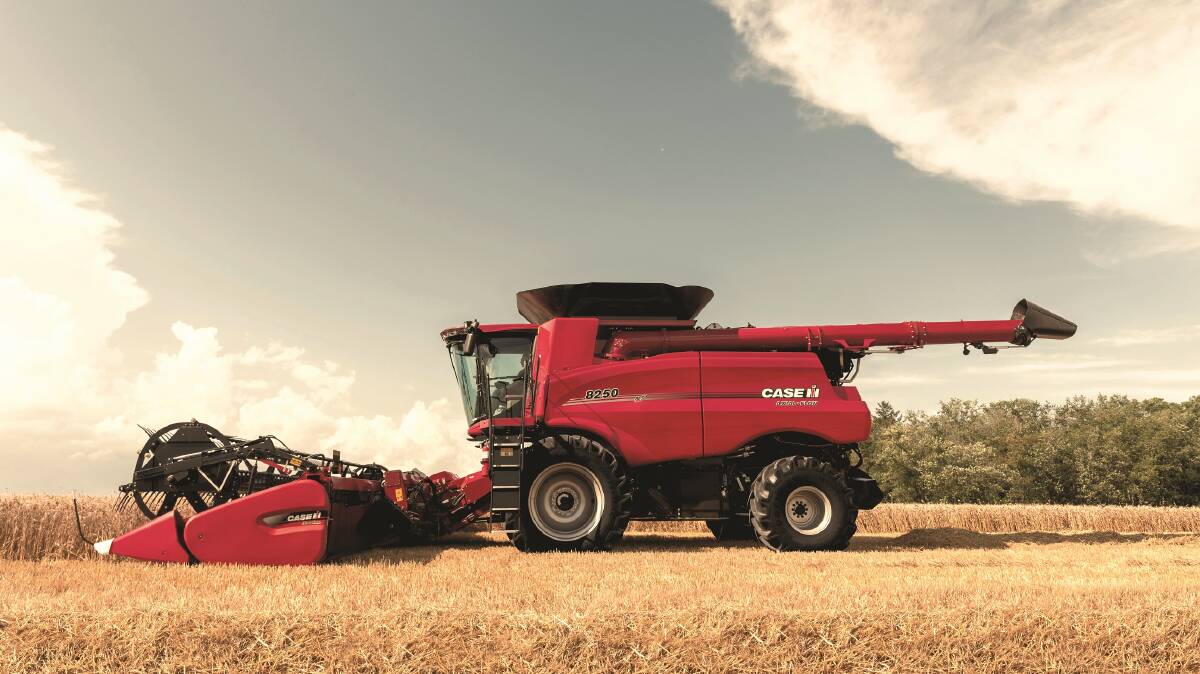
While start-up technology companies may talk about the future of automation and robotics, in reality the big machinery brands are already delivering.
Two new headers, launched by Case IH at last week's Wimmera Machinery Field Days in Victoria exemplified the growing machinery trend toward automation, with the machine taking control to increase performance and ensure consistency of harvest.
Case IH Australia and New Zealand product manager hay and harvest, Tim Slater said it was the first time the new 150 and 250 series Axial-Flow headers had been seen in Australia since their release at Farm Progress in the US last year.
"It's great to see machines of Australian specification on Australian soil," he said.
"The social media leading up to the event has been really busy, the machines have been long awaited, the 250 series for its upgrades and the 150 series because it will be released with a heritage paint scheme. It's a real tribute to the first Axial-Flow combine."
Mr Slater said the 250 series had been built with an eye to the future, with all three models, the 7250, 8250 and 9250, improving upon the 240 line-up
"We've redesigned the feeder, as we move into the future, we know we are going to need bigger fronts, so we have taken the dual cylinders to standard and a larger lift capacity," he said.
"There is also a new two-speed transmission, replacing the previous four-speed transmission.
"However the biggest talking point has been the optional AFS Harvest Command, which is the move into smart harvesters."
Mr Slater said to ensure smarter harvesting, a number of new automated features had been included that would assist in maximising the performance of the header.
"Harvest is the time of year where you really need efficiency and high performance. The AFS Harvest Command automation utilises 16 sensor inputs to continuously monitor the machine and adjusts seven different settings to maximise performance," he said.
"Operators can manage this new technology through the in-cab AFS Pro700 display, and it can be set to suit the level of experience of the operator, as well as the crop condition and type, and harvesting conditions."
Mr Slater said the technology allowed the header to adjust to changes in the paddock. "The operator is less concerned about losses, fan speed and rotor speed, allowing for a greater focus on other aspects of the machine’s operation. Consistency in performance of this new series is what sets it apart," he said.


